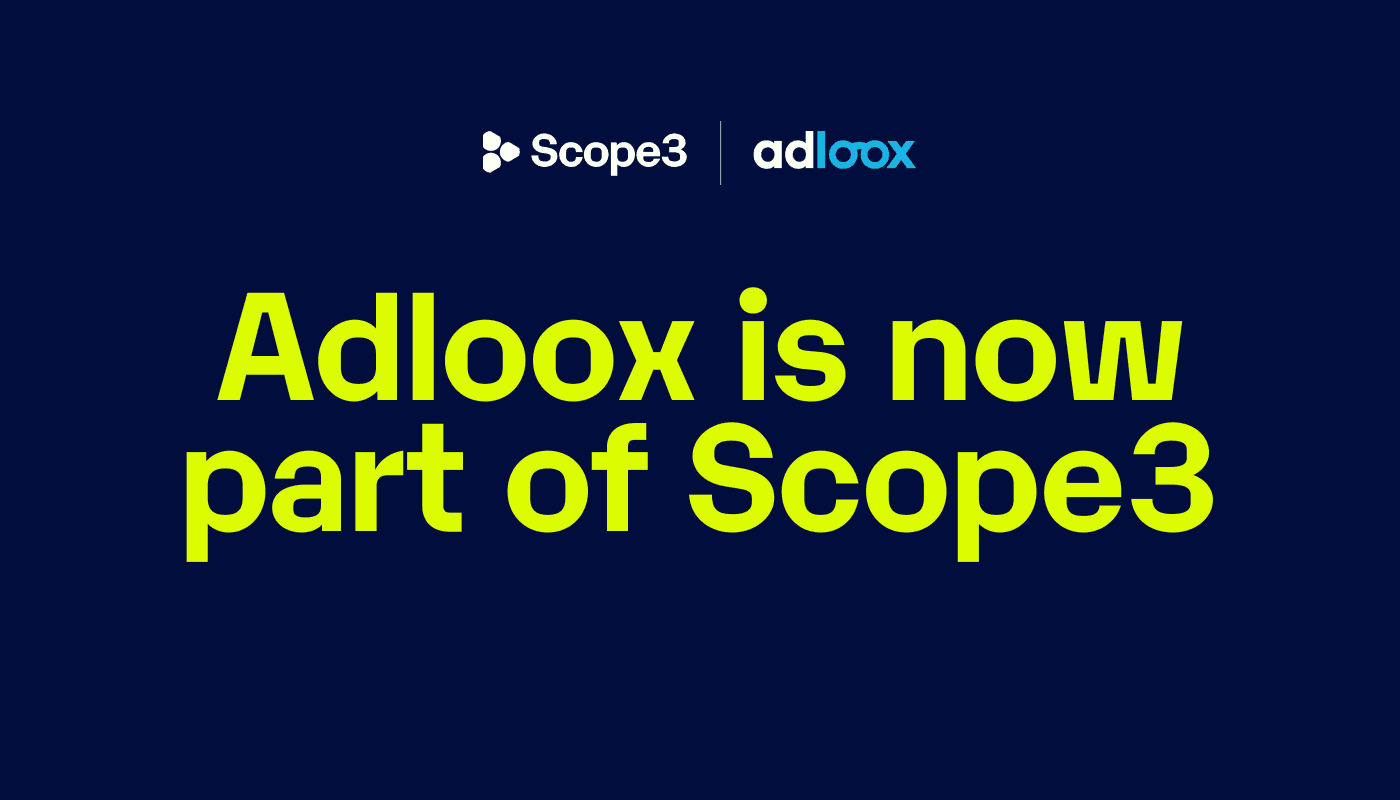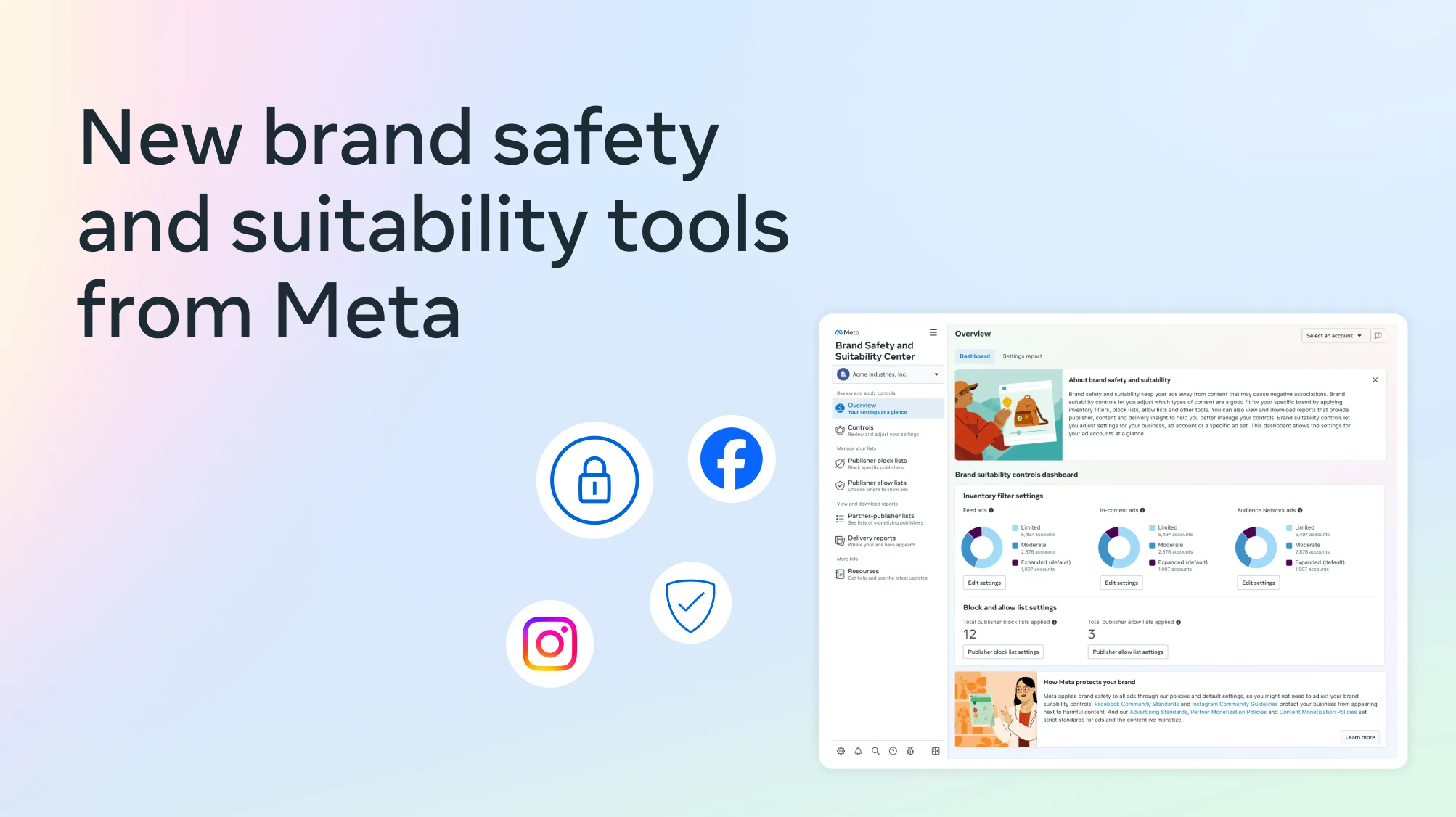Insights, MFAs
4 oct. 2023
In the ever-evolving landscape of online advertising, new challenges emerge regularly. But the great MFAs uproar of the 2023 summer will go down in history. Let’s rewind: in June, the ANA (Association of National Advertisers) launched its Programmatic Media Supply Chain Transparency Study, stating that Made for Advertising (MFA) websites represent 21 percent of ALL impressions. Somehow this triggered an AVALANCHE of interviews, articles from the specialized press and discussion in the industry. This didn’t come as a great surprise to anti-fraud specialists like us, who have been aware of and communicating about this problem for years. Now that the pressure has subsided, let's assess the situation and, especially, consider what comes next.
A justified uproar…
MFAs, short for “Made for Advertising” (or “made for arbitrage”), are websites created with the sole purpose of profiting from advertising revenue. They employ a range of tactics to achieve this, including hosting low-quality content, using misleading headlines, employing clickbait strategies, and even purchasing or creating traffic artificially. The result is a surge in low-quality and often invalid traffic. The price tag associated with the traffic generated by MFA fraudsters is approximately $0.20 per thousand impressions. While MFAs purchase traffic at a low cost, they sell ad placements on ad exchange platforms at a significantly higher price, ranging from $2 to $5 per CPM, hence the “arbitrage”. This differential between cost and selling price allows them to profit at the expense of advertisers.
However, the real impact on advertisers goes beyond this cost, since it generates both ecological and brand safety impacts. They have a considerable environmental footprint. CO2 emissions per 1000 impressions on MFAs are 27% higher than on legitimate websites, according to Scope3, contributing to environmental concerns.
…but a late uproar as well
Adloox, a leading ad verification company, has been at the forefront of identifying and filtering out MFAs for a decade. We currently block a daily average of 5000 fraudulent sites, preventing a staggering 15 billion invalid bid requests. As an ad verification third party, we have been aware of this problem for years, for simple reasons. First, according to the Media Rating Council (MRC) guidelines, unknown or undisclosed purchased traffic and obfuscated or robotic purchased traffic should be considered as invalid. In the case of MFAs, a majority of the traffic they generate falls into these categories. MFAs artificially inflate viewability and attention metrics, luring unaware ad platforms and verification companies, as seen in recent industry announcements post-ANA's signal on MFA.
This phenomenon can be readily elucidated through the provision of low-quality content by MFA websites. Users may initially engage with clickbait articles and subsequently interact with advertisements. However, based on our analysis, it becomes evident that these interactions typically do not extend beyond this point. Consequently, advertisers will get low or minimal returns from this supply.
How Adloox fights MFAs
Adloox employs a combination of statistical rules and machine learning models to detect MFAs. Our methodology is continuously updated and refined through automated processes and human expertise. AI and ML have played a pivotal role in enhancing MFAs detection. Adloox has seen a substantial increase in detection capabilities, with a 1292% YoY improvement between 2020 and 2021. To exemplify this, here are some noteworthy findings we can openly present: Among the advertisements directed towards MFAs, 85% are in the form of display ads. These ads are commonly placed in areas such as MPU (Mid-page Unit), Leaderboard, and the 300x600 format. While video ads on MFAs have traditionally experienced fewer disruptions, there has been a recent increase in the presence of video ads on these platforms.
To shield campaigns from MFAs, it is imperative to choose a vendor with a proven track record in fraud detection. Prebid blocking, coupled with post-bid measures, offers an effective solution to prevent ad placements on MFAs. Adloox's pre-bid measures can reduce MFA impressions from over 50% to just 0.5%. However, the dynamic nature of MFAs necessitates ongoing adaptation and improvement of filtration techniques. In parallel, Adloox recommends a two-layer solution that combines post-bid monitoring with pre-bid filtration to filter out MFA traffic effectively.
So now what?
Advocating for the adoption of best practices with advertisers
Continuous monitoring is crucial for MFA prevention. By closely analyzing ad placements, impressions and supply sources, advertisers can quickly identify and block invalid activities. Nonetheless, for the efficient elimination or substantial reduction of such inefficiencies, it is necessary to implement training, validation, and test datasets. Furthermore, transparency across the advertising ecosystem is critical to reducing the impact of MFAs, and log-level data can be leveraged by all stakeholders to identify and mitigate the threat of MFAs effectively.
Industry stakeholders launched efforts to establish a unified definition for MFAs.
At Adloox, we have always assessed that MRC guidelines regarding invalid traffic are sufficient to filtrate MFA websites. But in the wake of the MFA panic that surfaced during the summer of 2023, several influential institutions took proactive steps. Most notably, The ANA (Association of National Advertisers), in conjunction with ISBA (UK Advertisers Association), the WFA (World Federation of Advertisers), and the 4A's Foundation, have recently unveiled an official MFA definition, which reads as follows:
"Made-for-advertising/arbitrage' sites exhibit several common characteristics, including a high ad-to-content ratio, often exceeding double the internet average (e.g., a 30%+ ratio for desktop). These sites feature rapidly auto-refreshing ad placements with numerous banner ads (ad cluttering and/or ad stacking) and autoplay video ads. Slideshows force visitors to navigate multiple pages with multiple ads. They heavily rely on paid traffic, often lacking organic audiences and depending on clickbait ads from social networks, content recommendation platforms, and reputable publishers. The acquisition of paid traffic constitutes the primary cost driver for operating such sites, leading to aggressive monetization practices and arbitrage strategies. Additionally, these sites typically contain generic, low-quality content, often syndicated, dated, and non-unique (rehashed articles), and are characterized by poorly designed, templated website layouts. (Source: Association of National Advertisers, American Association of Advertising Agencies, World Federation of Advertisers, Incorporated Society of British Advertisers)."
This is a welcome announcement, as the battle against MFAs is ongoing, with the advertising industry increasingly vigilant and proactive in tackling this menace. By adopting robust fraud detection measures, staying transparent, and leveraging the power of AI and data, advertisers can safeguard their campaigns and contribute to a cleaner, more efficient advertising ecosystem.
Learn more about Adloox methods against MFAs with our dedicated guide.




